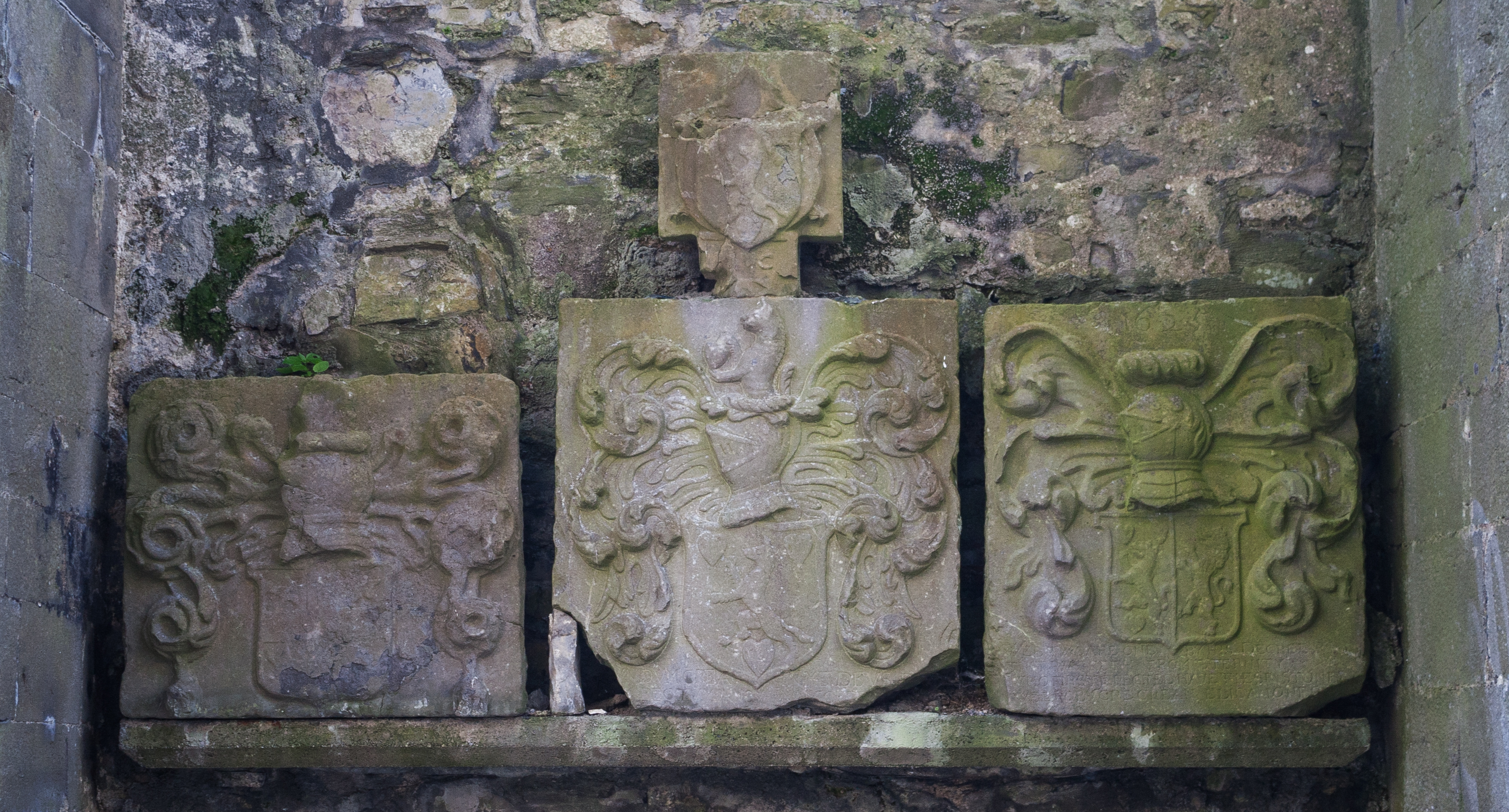|
Creaghan (other)
Creaghan may refer to: * Creaghan (surname), an Irish surname * A stream in the barony of Armagh * Creaghan Building, a building constructed in Miramichi, New Brunswick in 1924 designed by René-Arthur Fréchet René-Arthur Fréchet (June 6, 1879 – May 28, 1950) was a Canadian architect who was active in New Brunswick and Nova Scotia, modern day Acadia. He designed many churches and public buildings, a number of which are now protected for their archit ... * A townland in the parish of Clonfeacle, County Tyrone, Northern Ireland See also * Creagan (other) {{disambiguation, surname ... [...More Info...] [...Related Items...] OR: [Wikipedia] [Google] [Baidu] |
Creaghan (surname)
Crehan or O'Crehan is a surname with origins in the west of Ireland. Historically, it was rendered as Crean, O'Crean, Cregan or O'Cregan. Creaghan and O'Creaghan are a mix of the English language and the Irish language. Cryan is another variant of the name. History 13th century An early reference to the name is in the ''Annals of the Four Masters'' which was written between 1632 and 1636, and which says that Murrough O'Creaghan, Lord of Hy Fiachrach was killed for a violation of the shrine of Columbkille in 1200. The '' Book of Ballymote'', which according to its 1887 publication, was compiled in the 15th century and has a genealogy of the "Hy-Fiachra" race. The ''Annals of the Four Masters'' also state that in 1243, Malone O'Creghan who was the Archdeacon of Tuam died in Dublin, having returned across the sea as a professor. Although most early references to the surname place it in the west of Ireland, historian and genealogist John O'Hart stated that O'Criochain, who were d ... [...More Info...] [...Related Items...] OR: [Wikipedia] [Google] [Baidu] |
Armagh (barony)
Armagh (named after the city of Armagh) is a barony in County Armagh, Northern Ireland. It lies in the west of the county, bordering County Tyrone with its north-western boundary, and bordering the Republic of Ireland with its southern boundary. It is bordered by five other baronies in Northern Ireland: Tiranny to the west, Dungannon Middle to the north-west, Oneilland West to the north-east, Fews Lower to the east, and Fews Upper to the south-east. It also borders to the south the barony of Cremorne in the Republic of Ireland. Geographical features Some of the geographical features of Armagh barony include: * Loughnashade * Kinnegoe Bog * Creaghan Stream * Yellow Ford, where the Battle of the Yellow Ford took place in 1598 List of settlements Below is a list of settlements in Armagh: Towns *Armagh (also part in barony of Oneilland West) Villages and population centres * Charlemont *Killevy *Milford List of civil parishes Below is a list of civil parishes in Armagh: *Armagh ... [...More Info...] [...Related Items...] OR: [Wikipedia] [Google] [Baidu] |
René-Arthur Fréchet
René-Arthur Fréchet (June 6, 1879 – May 28, 1950) was a Canadian architect who was active in New Brunswick and Nova Scotia, modern day Acadia. He designed many churches and public buildings, a number of which are now protected for their architectural significance. Life Born in Montreal, Quebec, Fréchet obtained a degree in architecture from Laval University in 1898 and the same year he obtained a job with the Intercolonial Railway as an architect. Two years later, in 1900, he moved to Moncton, New Brunswick, for the railway, and resided at the Minto Hotel. In 1905, he opened his own architecture firm, developing a specialty in religious and domestic architecture.Regis Brun, ''The Acadians in Moncton, a century and a half of French presence at the Coude'', Moncton, 1999, p. 83. However, he was not limited to these architectural fields. Notably, he designed the Capitol Theater in Moncton in the mid-1920s. Fréchet became involved in the Acadian community. In 1903, he marr ... [...More Info...] [...Related Items...] OR: [Wikipedia] [Google] [Baidu] |
Clonfeacle
Clonfeacle is a civil parish in County Armagh and County Tyrone, Northern Ireland. It is split across the historic baronies of Armagh and Oneilland West in County Armagh and Dungannon Lower and Dungannon Middle in County Tyrone. The Parish contains the following 122 townlands: __NOTOC__ A Altnavannog, Anagasna Glebe, Annagh B Ballycullen or Drumask, Ballycullen or Shanmullagh, Ballymackilduff, Ballytroddan, Benburb, Blackwatertown or Lisbofin, Boland, Brossloy, Broughadowey C Cadian, Canary, Carrowbeg, Carrowcolman, Carrycastle, Clogherny, Clonbeg, Clonmore, Clonteevy, Coolcush, Coolkill, Copney, Cormullagh, Creaghan, Crew, Crossteely, Crubinagh, Culkeeran, Culrevog, Curran D Derrycaw, Derrycreevy, Derrycreevy (Knox), Derryfubble, Derrygoonan, Derrygortrevy, Derrylattinee, Derrymagowan, Derryoghill, Derryscollop, Donnydeade, Drain, Drumanuey, Drumarn, Drumask or Ballycullen, Drumay, Drumcullen, Drumderg, Drumflugh, Drumgart, Drumgold, Drumgormal, Drumgose, Drumgrannon, Drum ... [...More Info...] [...Related Items...] OR: [Wikipedia] [Google] [Baidu] |

